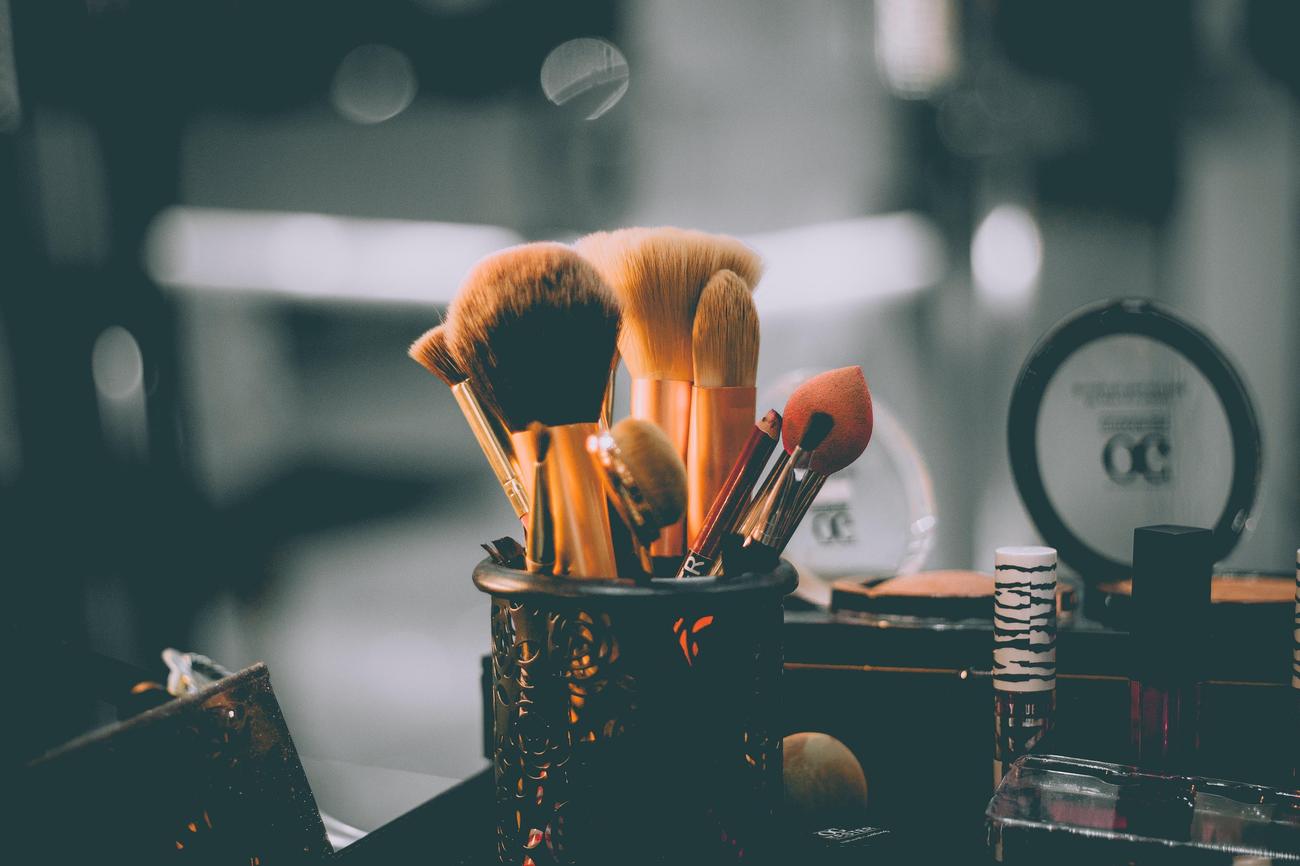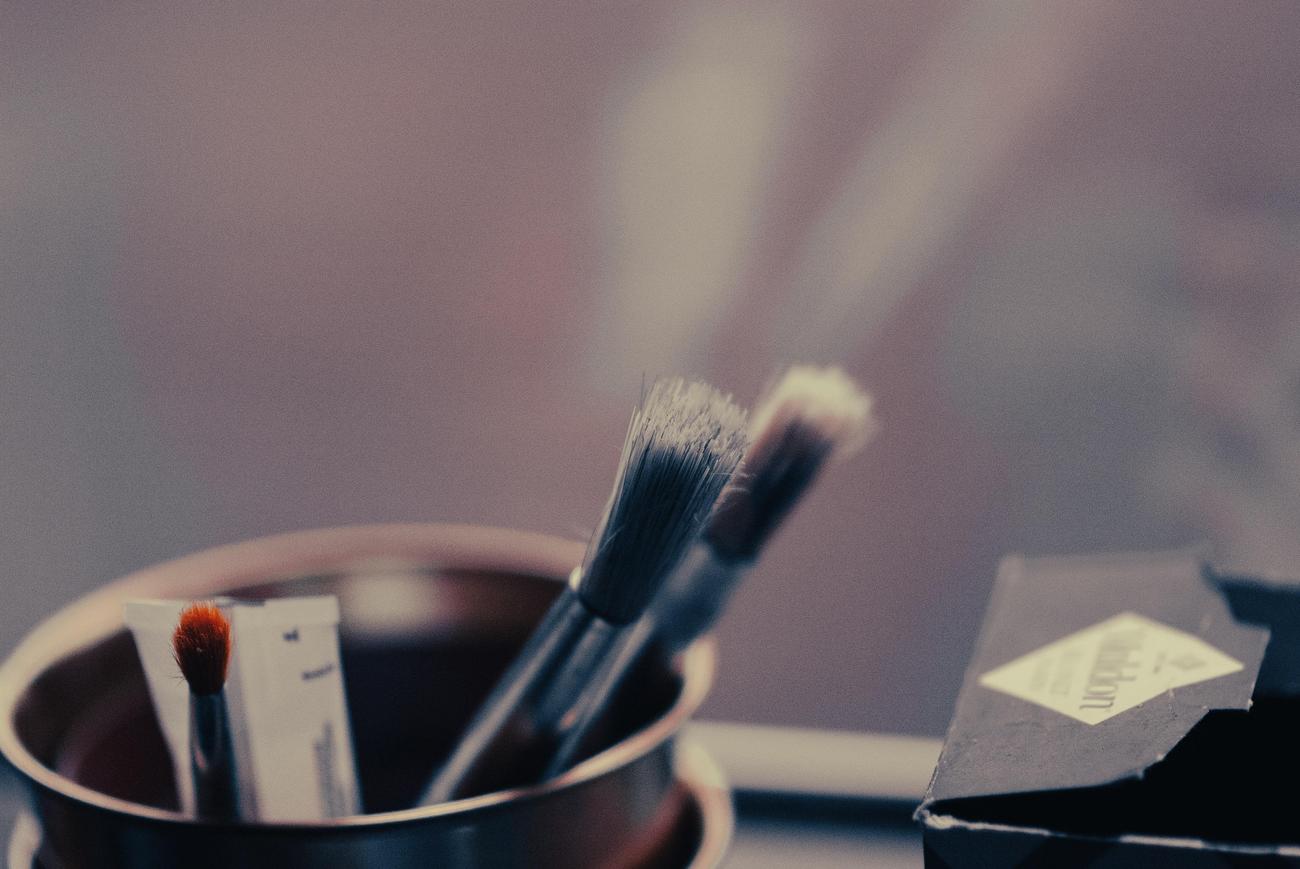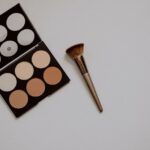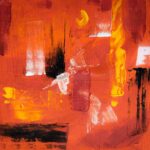Are you ready to dive into the mesmerizing world of paint brushes? Brace yourself for a journey filled with intriguing surprises and hidden gems as we uncover the fascinating secrets behind these essential tools for artists. In this article, we will unravel the intriguing history, explore the various types, and shed light on the incredible impact that paint brushes have on artistic outcomes. Whether you’re an amateur artist seeking inspiration or a seasoned professional looking to expand your knowledge, get ready to be captivated by the enchanting world of paint brushes and the surprising facts that lie within.

Interesting Facts About Paint Brushes
Paint brushes have a rich history that dates back millions of years. As a writer and art enthusiast, I’ve delved deep into the captivating world of paint brushes to uncover some surprising facts. Join me on this journey as we explore the fascinating stories behind these essential tools for artists and decorators.
1. Ancient Origins
Did you know that paintbrushes have been used by humans since the Paleolithic era, around 2.5 million years ago? That’s right, our ancestors recognized the power of paint and the convenience of a brush even before the invention of writing! The precise time of the paintbrush’s invention is still a mystery, but we can imagine early artists reaching for natural materials to create their masterpieces.
2. The Perfect Filament
When we think of paintbrushes, we often picture long-haired hog bristle as the standard filament. While hog bristle brushes are indeed popular, there are various types of filaments used today, each with unique qualities. From synthetic fibers to natural hair like sable and mongoose, different bristles provide artists with the ideal tool for their desired technique and paint application.
3. Brush Types Galore
Paintbrushes come in different shapes and sizes, each serving a specific purpose. You’ve probably heard of round brushes, flat brushes, and fan-shaped brushes, but did you know there are even more varieties out there? From filbert brushes to mop brushes, each type has its own distinct qualities, allowing artists to effortlessly achieve different effects and textures in their work.
4. Quality Matters
When choosing a paintbrush, quality plays a significant role in the outcome of your artistic endeavors. Brushes can vary greatly in terms of their construction, materials, and craftsmanship. The higher the quality, the better the brush performs in terms of paint retention, steadiness of release, and precision. Investing in high-quality brushes is essential for achieving those smooth strokes and detailed masterpieces.
5. Finding the Perfect Brush for Every Technique
Different painting techniques call for different brush types. Soft bristle brushes are ideal for creating smooth and precise strokes, while sable, mongoose, or soft synthetic brushes excel at blending colors and creating flat paint surfaces. By understanding the qualities of various brush types, artists can choose the perfect tool for their specific painting style and achieve the desired results with ease.
6. A Historical Mystery
While the use of paintbrushes throughout history is well-documented, the exact invention of the paintbrush itself remains shrouded in mystery. We can imagine early artisans experimenting with various materials to create brushes that could hold and distribute paint effectively. The lack of a definitive historical record only adds to the allure and mystique surrounding these indispensable tools of creativity.
7. From Caves to Canvases
Paintbrushes have played a pivotal role in the world of visual art for centuries. From ancient cave paintings in the Stone Age to contemporary masterpieces, artists have relied on brushes to bring their visions to life. The famous cave paintings in Altamira, Spain, are a remarkable example of the power of paintbrushes to transcend time and captivate our imaginations.
8. Beyond Artistry
While paintbrushes are primarily associated with painting and visual art, their utility extends beyond the realm of artistic expression. These versatile tools are also widely used for decorating and various DIY projects. Whether you’re giving a wall a fresh coat of paint or adding intricate details to a craft project, a trusty paintbrush is always there to assist.
9. Evolution of American Manufacturing
Before the 1830s, quality paint brushes were mainly imported, often leaving American artists with limited options. However, American companies quickly responded by improving production techniques and utilizing machinery, enabling the country to produce paintbrushes more efficiently and at a higher volume. This shift in manufacturing allowed for greater availability and access to high-quality brushes for artists across the nation.
10. Brushed for Specific Tasks
Just as different brush types excel at various techniques, brushes of different thicknesses are also tailored for specific tasks. Thicker brushes are perfect for filling in large areas with broad strokes, providing efficient coverage. On the other hand, thinner brushes shine when it comes to delicate details, allowing for precise and controlled paint application.
In conclusion, the world of paint brushes is truly fascinating when we venture beyond their simple appearance. From ancient origins to modern-day applications, paintbrushes have been instrumental in the evolution of artistic expression. By understanding the history, types, and qualities of these brushes, artists can make informed choices that enhance their creative process and take their artwork to new heights.
So, next time you pick up a paintbrush, remember the intriguing stories and surprising facts hidden within this seemingly humble tool. Happy painting!
Fun Facts About Paint Brushes
Did you know that paint brushes have a fascinating history? From their humble beginnings as simple bristle brushes to the wide range of options available today, paint brushes have played a crucial role in the world of art and creativity. If you’re curious to learn more about the intriguing world of paint brushes, we’ve got you covered. Explore our collection of fun facts about paint brushes and discover the secrets behind their creation, the different types available, and how to properly care for them. Click here to uncover these fascinating tidbits and deepen your appreciation for the often overlooked tool that brings art to life: Fun Facts About Paint Brushes. So, whether you’re an aspiring artist or simply have a curiosity for the history of artistic instruments, this is your chance to dive into the captivating world of paint brushes. Get ready to be amazed by their rich history and discover what makes them such an essential component of the art world. Start exploring now!
FAQ
Question 1: What are the different types of paint brushes?
Answer 1: Paint brushes come in various types, including round brushes, flat brushes, and fan-shaped brushes. Each type has its own unique qualities and is suitable for different artistic techniques and applications.
Question 2: What materials are commonly used for paint brush filaments?
Answer 2: The filament of a paintbrush is often made of long-haired hog bristle, which is known for its stiffness and durability. However, there are also other materials that can be used for filaments, such as sable, mongoose, and soft synthetic fibers. The choice of material depends on the desired effect and the type of paint surface.
Question 3: How were paint brushes used in the Paleolithic era?
Answer 3: Paintbrushes have been used by humans as early as the Paleolithic era, around 2.5 million years ago. They were used for cave paintings, such as the famous cave paintings in Altamira, Spain. These early brushes were likely made from natural materials, such as animal hair or plant fibers.
Question 4: What determines the quality of a paint brush?
Answer 4: The quality of a paint brush depends on various factors, including filament retention, paint pickup, steadiness of paint release, brush marks, drag, and precision painting. A high-quality brush will have good control, durability, and the ability to create smooth and precise strokes.
Question 5: How has the production of paint brushes evolved over time?
Answer 5: Before the 1830s, quality brushes were mostly imported, but American companies began producing them more quickly with less machinery. Today, the production of paint brushes has become more efficient and diverse, with advancements in manufacturing techniques and the availability of a wide range of brush styles and materials.
- Understand bone yellow: Colorism’s impact on Black communities - April 19, 2025
- Green Natural Sandstone: Eco-Friendly Building Solutions - April 19, 2025
- Red Cross Flag: Protecting Humanity Through History - April 19, 2025
















